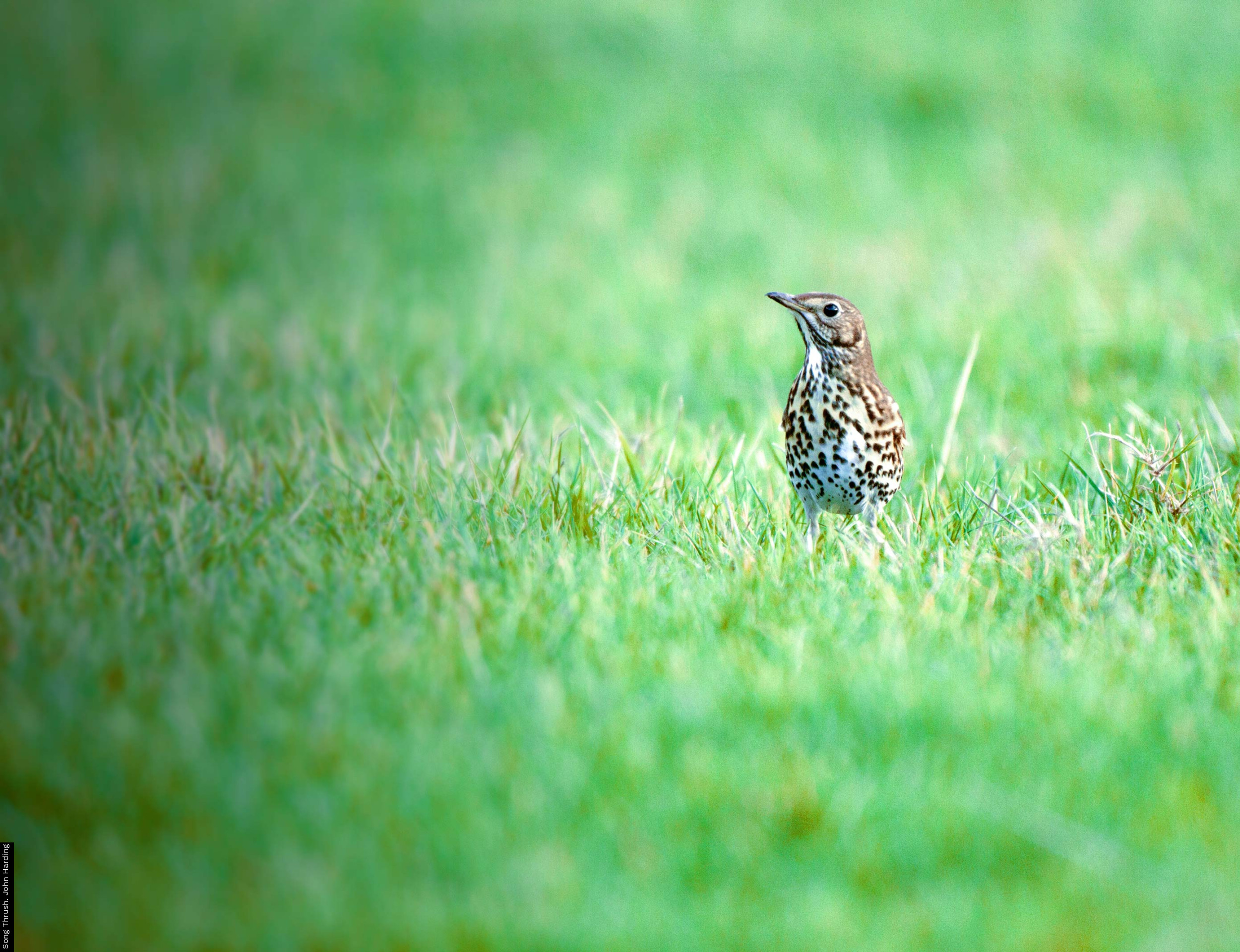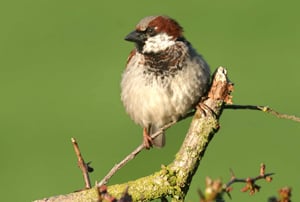Field Survey
Background:
The timing of House Sparrow declines in urban areas differs from those in farmland, and the mechanisms underlying the former are likely to be different. A number of hypotheses have been put forward to explain these declines, including increased predation, effects of pollution, reduction in food chick supply and reduced availability of nest sites.
A pattern that appears in some city populations is that House Sparrows are most abundant and population declines are lower in socially deprived areas. This could be due to several factors, including more waste ground and gardens that have less management (e.g. pesticide inputs), leading to greater food availability, and fewer home improvements leading to a greater availability of nest sites.
In this study, we examined the habitat associations of House Sparrows in predominantly urbanized landscapes using data from a large volunteer-based survey. The goal of the work was to identify key habitats for House Sparrows in urbanized environments.
More generally, the data set should act as an invaluable baseline against which to compare future changes in House Sparrow populations in relation to habitat change.
Methods:
Stratified random sampling techniques were employed in order to target sufficiently representative 1-km squares of urbanized habitat in the UK. Observers covering these squares were asked to walk along all pavements, paths and roads, into parks and allotments and along field boundaries
with the aim of mapping the location of all House Sparrows detected. Chirping males, other males and females were each recorded separately. We were then able to determine and examine House Sparrow densities in each habitat type and to establish if they favoured some habitats over others.
Results:
Residential areas, farm buildings and allotments were found to be key habitats for House Sparrows. The high densities in areas of private housing and the consistent effect of the area of housing confirms earlier studies showing the importance of this habitat. House Sparrows
occurred at higher densities when gardens were present within residential habitat, something which suggests they may be important in providing feeding opportunities. Allotments were also found to be important foraging areas (being important generally, but less so for chirping males).
A further examination of these data, this time in respect of House Sparrow colonies, also showed a strong preference for houses with gardens. House Sparrow colonies were strongly associated with gardens, although in more rural areas, both allotments and greenspace were found to provide useful alternatives. Predators and roads were not avoided, something that may reflect their ubiquitous nature rather than any lack of a detrimental impact (Shaw et al. 2011).
Conclusions:
This study has demonstrated the importance of the suburban landscape for House Sparrows: houses with gardens supported some of the highest densities, and the area of this habitat was the most consistent predictor of both breeding male House Sparrows and of all House Sparrows. This study is, to our knowledge, the first of its kind to demonstrate the importance of allotments to House Sparrows within urbanized environments. Further analysis of these data is ongoing.







Share this page